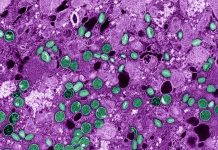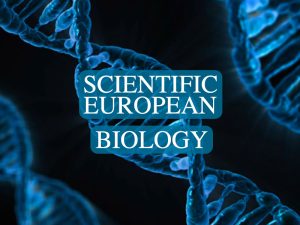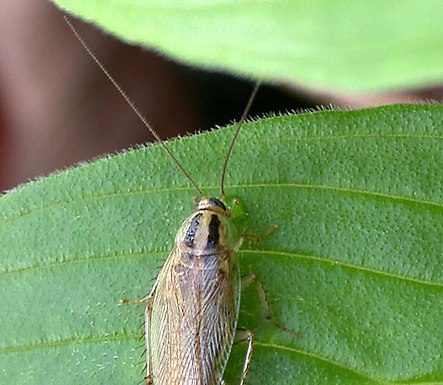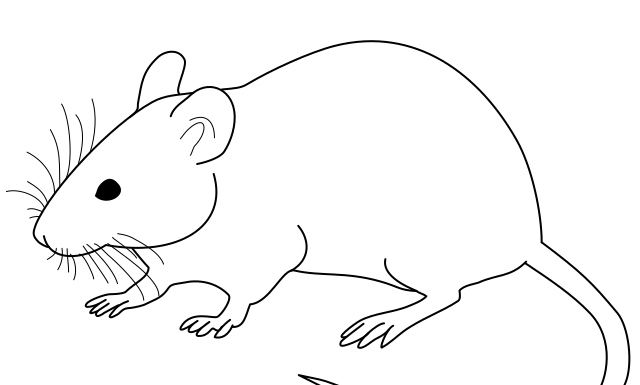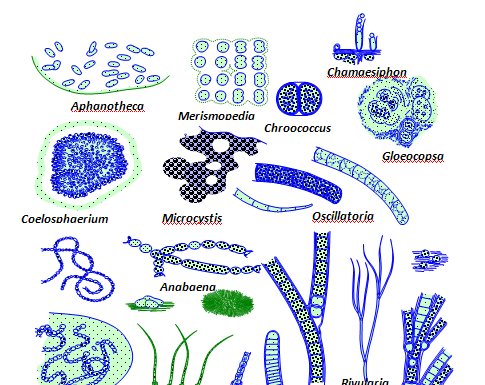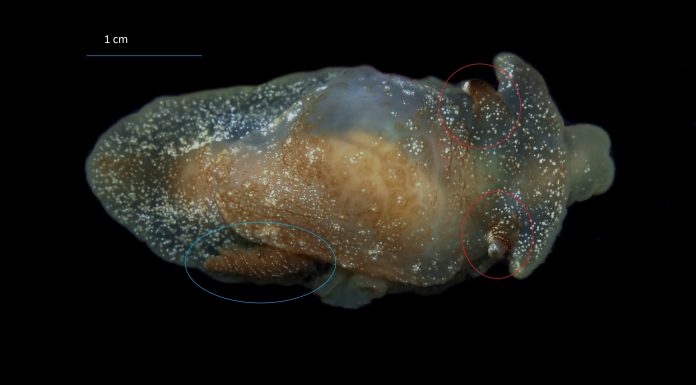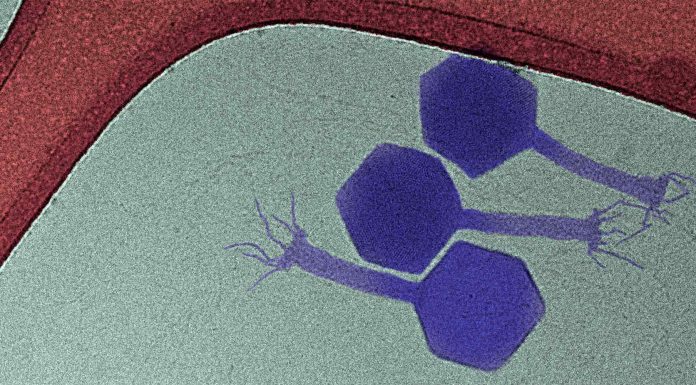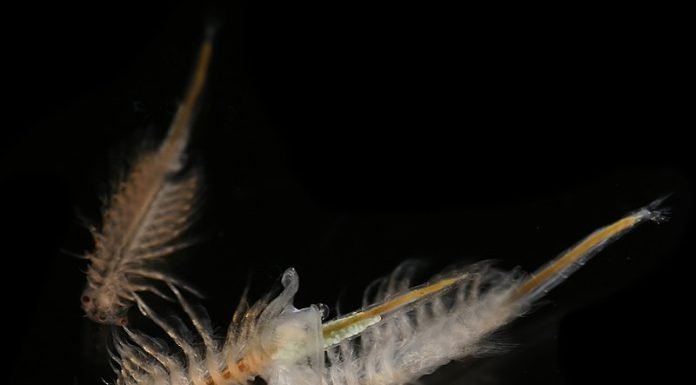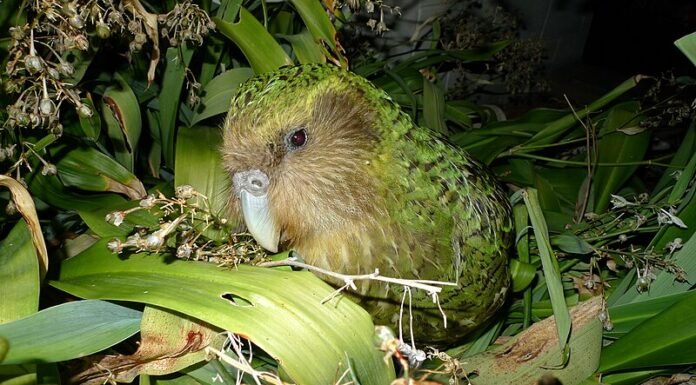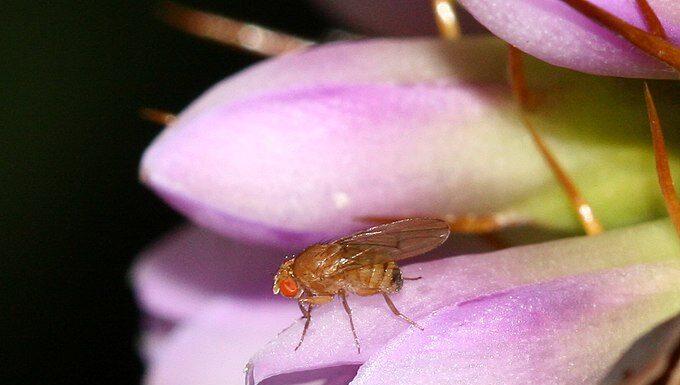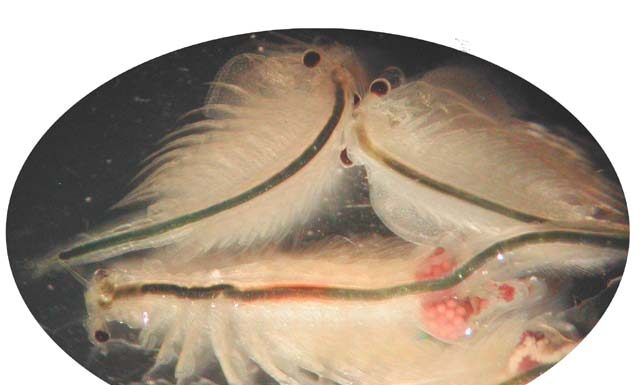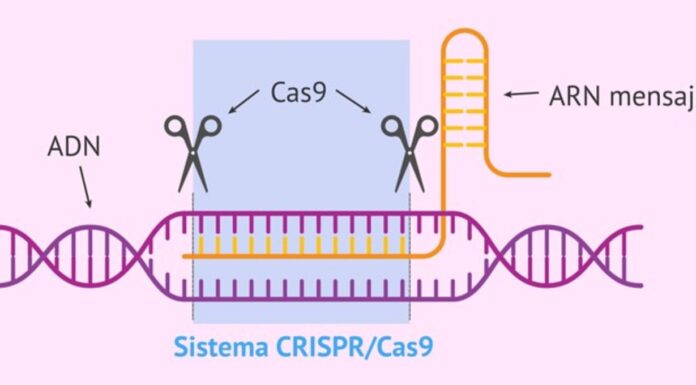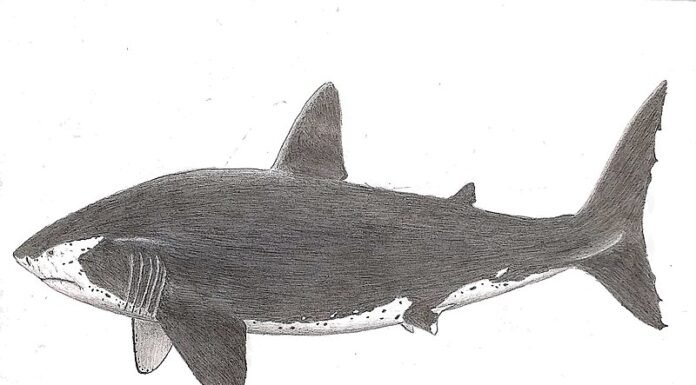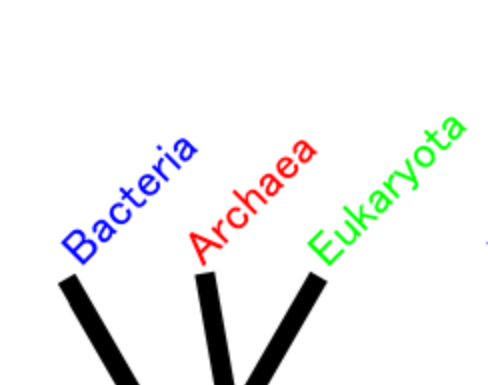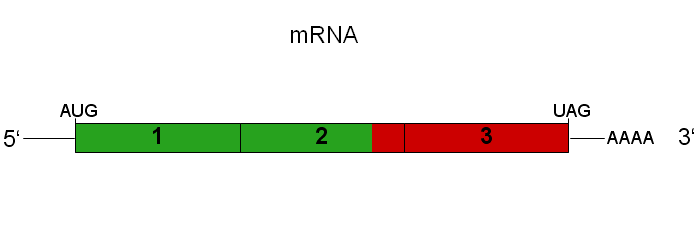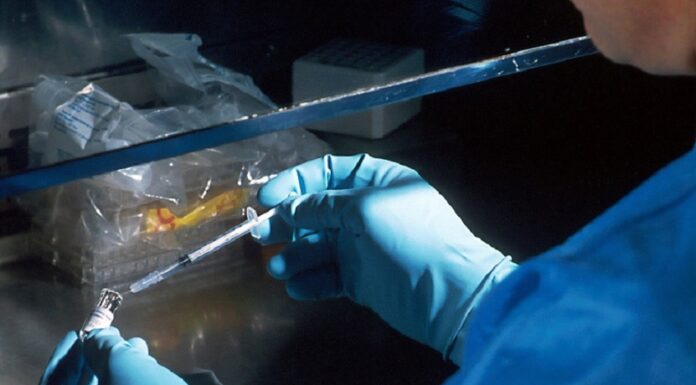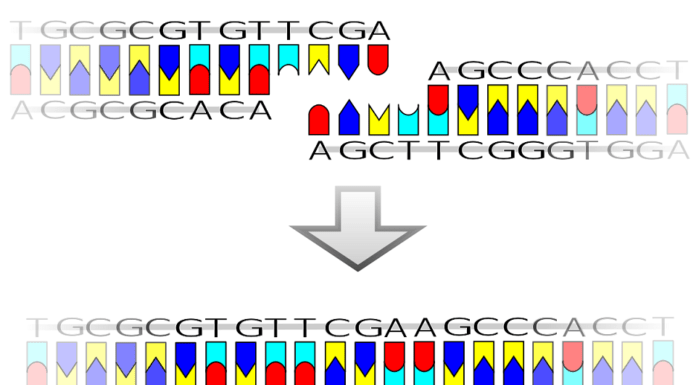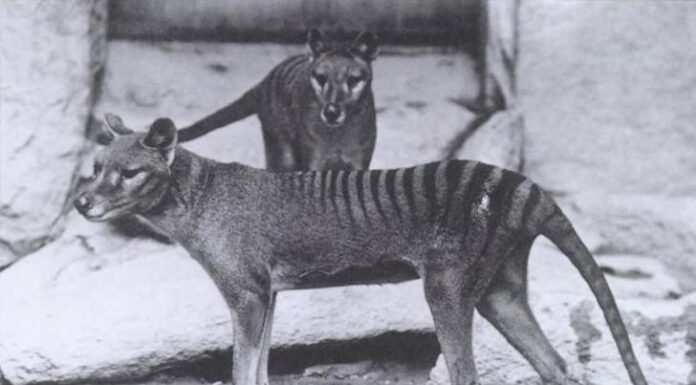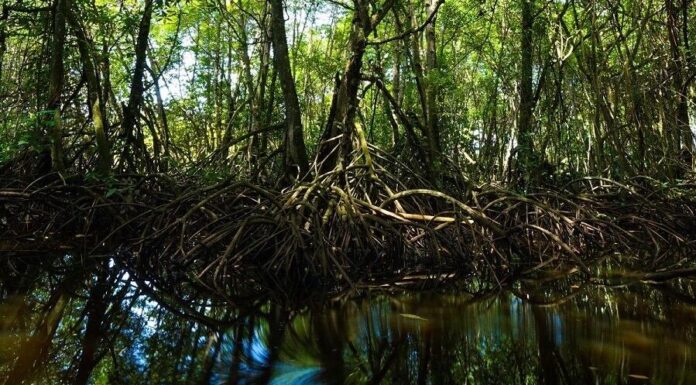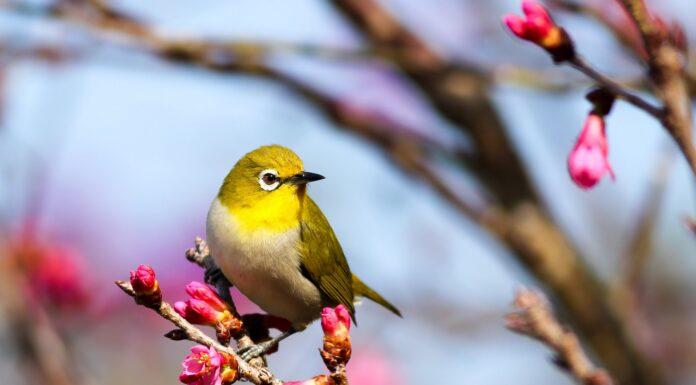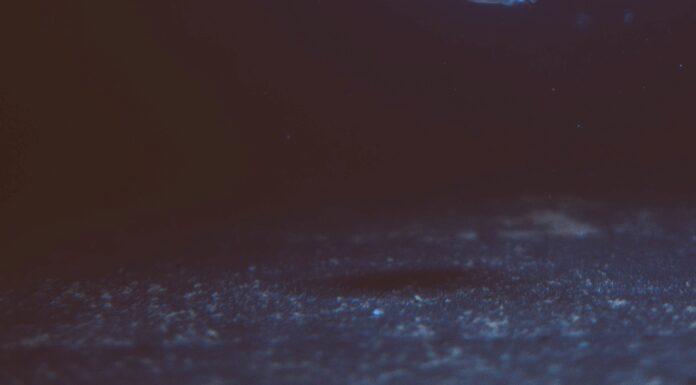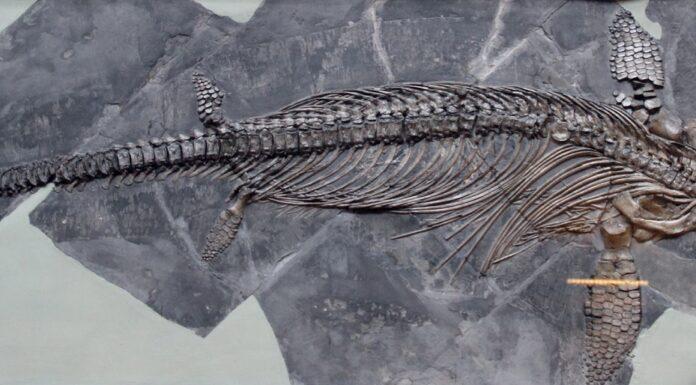The 2024 Nobel Prize in Physiology or Medicine has been awarded jointly to Victor Ambros and Gary Ruvkun “for the discovery of microRNA and its role in post-transcriptional gene regulation”.
MicroRNAs (miRNAs) belong to a family of small, non-coding,...
Fossils of ancient chromosomes with intact three-dimensional structure belonging to extinct woolly mammoth have been discovered from 52,000 old sample preserved in Siberian permafrost. This is the first case of fully preserved ancient chromosome. Study of fossil chromosomes can...
Tmesipteris oblanceolata , a type of fork fern native to New Caledonia in the southwest Pacific has been found to have the genome size of 160.45 Gigabase pairs (Gbp)/IC (1C = nuclear DNA content in a gametic nucleus). This is about...
The German cockroach (Blattella germanica) is world’s most common cockroach pest found in human households worldwide. These insects have an affinity for human dwellings and are not found in natural habitats outdoors.
The earliest record of this specie in Europe...
Interspecies Blastocyst Complementation (IBC) (i.e., complementation by microinjecting stem cells of other species into blastocyst-stage embryos) successfully generated rat forebrain tissue in mice which was structurally and functionally intact. In a related study, it was also found that the...
Biosynthesis of proteins and nucleic acid require nitrogen however atmospheric nitrogen is not available to eukaryotes for organic synthesis. Only few prokaryotes (such as cyanobacteria, clostridia, archaea etc) have the ability to fix the molecular nitrogen abundantly available in...
A new species of sea slug, named Pleurobranchaea britannica, has been discovered in the waters off the southwest coast of England. This is the first recorded instance of a sea slug from the Pleurobranchaea genus in UK waters.
It is a...
Bacterial dormancy is survival strategy in response to stressful exposure to antibiotics taken by a patient for treatment. The dormant cells become tolerant to antibiotics and are killed at slower rate and survive sometimes. This is called ‘antibiotic tolerance’...
The brine shrimps have evolved to express sodium pumps that exchange 2 Na+ for 1 K+ (instead of the canonical 3Na+ for 2 K+). This adaptation helps Artemia remove proportionally higher amount of sodium to the exterior which enable...
The word ‘robot’ evokes images of human-like manmade metallic machine (humanoid) designed and programmed to automatically perform some tasks for us. However, robots (or bots) can be of any shape or size and can be made of any material...
Kākāpō parrot (also known as “owl parrot” because of its owl-like facial features) is a critically endangered parrot species native to New Zealand. It is an unusual animal for it is the longest living birds in the world (may...
Parthenogenesis is asexual reproduction in which genetic contribution from male is dispensed with. Eggs develop to offspring on their own without being fertilised by a sperm. This is seen in nature in some species of plants, insects, reptiles etc....
Some organisms have ability to suspend life processes when under adverse environmental conditions. Called cryptobiosis or suspended animation, it is a survival tool. Organisms under suspended animation revive when environmental conditions become favourable. In 2018, viable nematodes from late...
“CRISPR-Cas systems” in bacteria and viruses identify and destroy invading viral sequences. It is bacterial and archaeal immune system for protection against viral infections. In 2012, CRISPR-Cas system was recognised as a genome editing tool. Since then, wide range of...
Extinct gigantic megatooth sharks were at the top of the marine food web once. Their evolution to gigantic sizes and their extinction are not well understood. A recent study analysed isotopes from the fossil teeth and found that these...
The traditional grouping of life forms into prokaryotes and eukaryotes was revised in 1977 when rRNA sequence characterisation revealed that archaea (then called 'archaebacteria') are ‘‘as distantly related to bacteria as bacteria are to eukaryotes.‘' This necessitated grouping of living...
Unlike conventional mRNA vaccines which encodes only for the target antigens, the self-amplifying mRNAs (saRNAs) encodes for non-structural proteins and promotor as well which makes saRNAs replicons capable of transcribing in vivo in the host cells. Early results indicates that...
Scientists have replicated the natural process of mammalian embryonic development in the laboratory up to the point of development of brain and heart. Using stem cells, researchers created synthetic mouse embryos outside uterus that recapitulated natural process of development...
RNA ligases play an important role in RNA repair, thereby maintaining RNA integrity. Any malfunction in RNA repair in humans seems to be associated with diseases like neurodegeneration and cancer. Discovery of a novel human protein (C12orf29 on chromosome...
Ever changing environment leads to extinction of the animals unfit to survive in the changed environment and favours survival of the fittest which culminate in evolution of a new species. However, thylacine (commonly known as Tasmanian tiger or Tasmanian wolf),...
Thiomargarita magnifica, the biggest bacteria have evolved to acquire complexity, becoming of eukaryotic cells. This seems to challenge the traditional idea of a prokaryote.
It was in 2009 when scientists had a strange encounter with microbial diversity that exists in...
A new, complete dataset of comprehensive functional trait for all birds, called AVONET, containing measurements of more than 90,000 individual birds has been released courtesy an international effort. This would serve as an excellent resource for teaching and research...
Some microbes in the deep-sea produce oxygen in a hitherto unknown way. In order to generate energy, the archaea species ‘Nitrosopumilus maritimus’ oxidises ammonia, in presence of oxygen, to nitrate. But when researchers sealed the microbes in airtight containers, without...
Scientists have developed the first patient-derived stem cell model of albinism. The model will help studying eye conditions related to oculocutaneous albinism (OCA).
Stem cells are unspecialised. They cannot do any specific function in the body but they can divide...
The remain of Britain’s largest ichthyosaur (fish-shaped marine reptiles) has been discovered during routine maintenance work at Rutland Water Nature Reserve, near Egleton, in Rutland.
Measuring around 10 metres in length, the ichthyosaur is approximately 180 million years old.
Appearing as dolphin skeleton, the...













